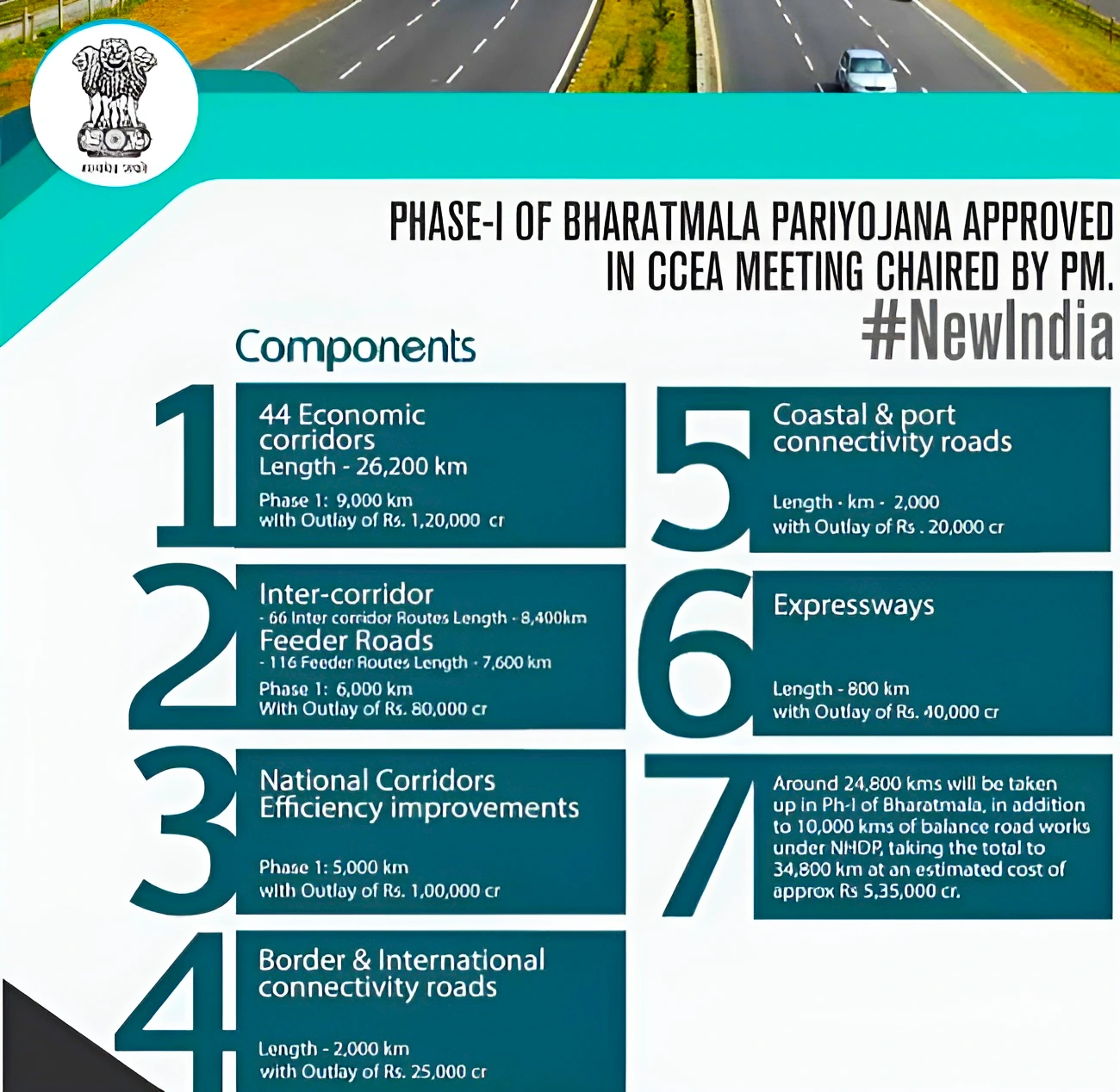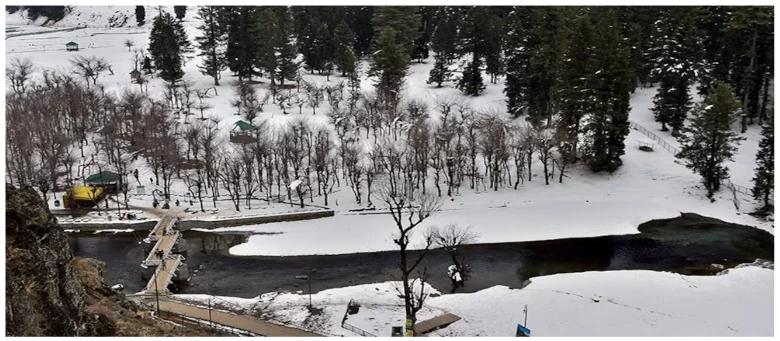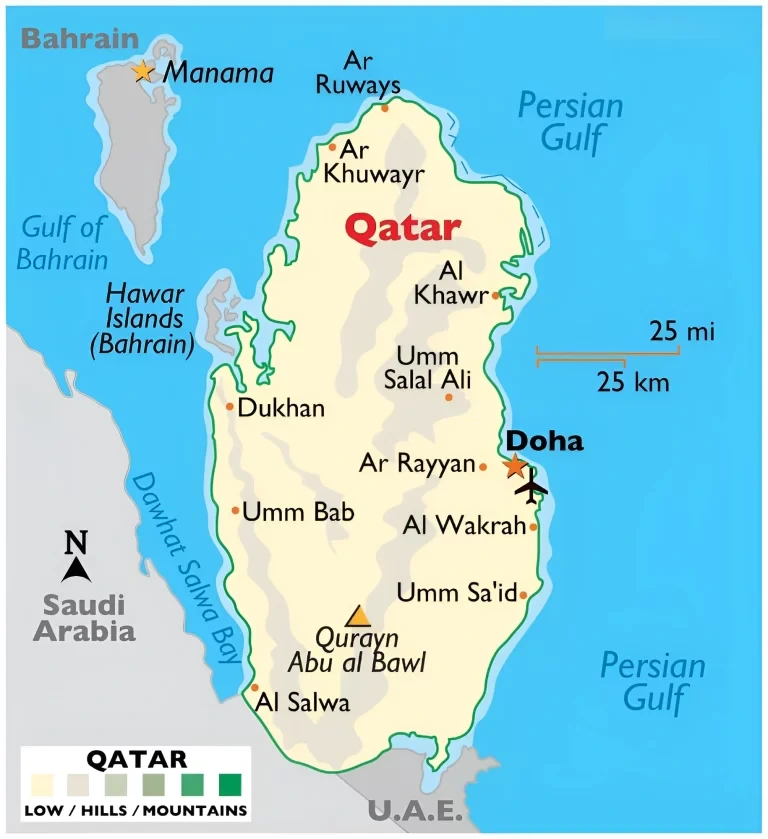Context: Tal Mitnick of Israel has been slapped with a prison sentence for being a conscientious objector.
Conscription in India
|
|---|
Source: Indian Express
Context: The Union government has issued an order paving the way for Persons with Disabilities (PwDs) to be considered for reservation in promotions.
Schemes for Persons with Disabilities
|
|---|
Source: The Hindu
Context: The Home Minister has announced in Parliament that doctors will be exempted from criminal prosecution in cases of death due to negligence.
To know more about SSE: Refer to Parliament Passes Three New Criminal Law Reform Bills
There should be a nationwide survey on Decriminalisation before the government decides on medical negligence. The survey will provide the data to frame the legislation with evidence.
Source: The Hindu
Context: Phase 1 of the Bharatmala project deadline has been extended by six years, to FY 2027-28.
About Cabinet Committee on Economic Affairs (CCEA)
|
|---|

Also Read: Road Accidents In India-2022′ Report Released By MoRTH
News source: financial Express
Context: India’s Financial Intelligence Unit has issued show-cause notices to nine offshore crypto-currency operators, including Binance, for not complying with the Prevention of Money Laundering Act, 2002 (PMLA).
About Prevention Of Money Laundering Act (PMLA), 2002The Prevention of Money Laundering Act (PMLA), enacted in 2002 in India, provides a legal framework for preventing money laundering, ensuring India is in line with international standards for combating financial crimes. Key Features of PMLA Act 2002:
Also Read: Questionable Searches Under The Money Laundering Act |
|---|
News Source: HT
Context: The Securities and Exchange Board of India (SEBI) has issued guidelines for public issuance of zero coupon zero principle instruments by not-for-profit organisations (NPOs) and listing of such instruments on the Social Stock Exchange (SSE).
About SEBI
About SSEs
About NPOs
|
|---|
To know more about SSE: Refer to Social Stock Exchange
News Source: IE
Context: The Union government will extend export benefits under its duty remission scheme (RoDTEP) to e-commerce exports.
Directorate General of Foreign Trade (DGFT)
|
|---|
Also Read: Empowering MSMEs For Export Success
News source: The economic times
Context: The 82nd Session of Indian History Congress(IHC) began at Kakatiya University in Warangal.
News source: the hindu
Also Read: Tansen Samaroh Or Tansen Music Festival 2023
Context: Minimum temperatures in several parts of Kashmir have dropped below -3° Celsius, leading to a cold wave in the region.

Indian Meteorological Organisation (IMD)
|
|---|
News Source: ET
Context: The Court of Appeal in Qatar commuted the death sentence of eight former Indian Navy personnel who were arrested last year on alleged charges of espionage. The details of their charges are still unknown.
Brief Timeline of Dahra Global Case2022:
2023:
To know more about the case: Refer, Death Sentence By Qatar Court, here. |
|---|

News Source: Indian Express
Context: This article is based on the news “There is no substitute for an industrial policy” which was published in the Indian Express. The government has put the implementation of the new industrial policy (NIP 23) on hold which has been under development for more than two years.
| Relevancy for Prelims: New Industrial Policy 2023, National Manufacturing Policy (NMP, 2011, Make in India (MII), Production Linked Incentive (PLI) Scheme, One-District-One-Product (ODOP) Initiative,
Relevancy for Mains: About New Industrial Policy 2023, Make in India Initiative, Its Objectives, Significance, Challenges, and Schemes. |
|---|
National Manufacturing Policy (NMP, 2011)
|
|---|
It was launched by India in September 2014 aimed at creating a robust and competitive manufacturing industry.
Schemes launched under Make in India Initiative
|
|---|
Must Read: Vision 2047: A Roadmap To A $30 Trillion Economy
Context: This article is based on the news “Balancing acts” which was published in the Business Standard. Recently, United States President Joe Biden decided not to come as chief guest at the 2024 Republic Day parade.
| Relevancy for Prelims: Non-Alignment Movement (NAM), Indo-Pacific Economic Framework for Prosperity (IPEF), Quad Summit, BRICS, Shanghai Cooperation Organization (SCO), India G20 Summit, Global South and, UN Security Council.
Relevancy for Mains: Indian Diplomacy: Evolution, Significance, Challenges, and Way Forward. |
|---|
Must Read: France President Emanuel Macron to be the Republic Day Chief Guest of 2024
India’s Diplomacy with Middle Powers
|
|---|
Indian diplomacy, marked by its dynamic evolution, adept balancing of global partnerships, and commitment to shaping a democratic international order.
| Mains Question: Define Realpolitik and its core principles in international relations. Examine instances in India’s foreign policy where Realpolitik principles were evident. (15 marks, 250 words) |
|---|
<div class="new-fform">
</div>
